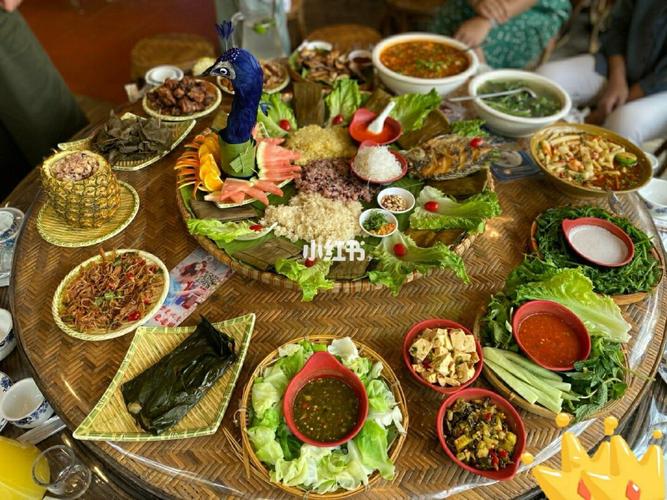Exploring the Delicious Cuisine of the Dai Ethnic Group
The Dai ethnic group, also known as the Tai people, is an ethnic minority in China with a rich culinary tradition. Their cuisine is characterized by its unique flavors, fresh ingredients, and vibrant colors. Let's take a closer look at some of the most popular dishes in Dai cuisine:
Bamboo rice, also known as zongzi, is a traditional Dai dish made of glutinous rice, pork, and various seasonings. The ingredients are wrapped in bamboo leaves and steamed to perfection. Bamboo rice is a popular dish during festivals and special occasions.
Sour fish soup is a signature dish of the Dai people. It is made with fresh fish, tomatoes, lemongrass, and other herbs and spices. The soup has a tangy and refreshing flavor that is perfect for hot summer days.
Grilled fish with lemongrass is a simple yet delicious dish that showcases the Dai people's skill in using fresh ingredients. The fish is marinated with lemongrass, garlic, and chili before being grilled to perfection. It is a must-try for seafood lovers.
While it may sound unusual to some, fried bee larvae is a delicacy in Dai cuisine. The larvae are deep-fried until crispy and seasoned with salt and spices. They are a rich source of protein and are considered a nutritious snack.
Coconut milk hotpot is a popular dish in Dai cuisine, especially during the winter months. The hotpot is filled with a variety of fresh ingredients such as seafood, meat, and vegetables, cooked in a flavorful coconut milk broth. It is a comforting and hearty meal that is perfect for sharing with family and friends.

Sticky rice cakes are a sweet treat enjoyed by the Dai people during festivals and celebrations. The cakes are made of glutinous rice, sugar, and coconut, and are often shaped into intricate designs. They are not only delicious but also symbolize good luck and prosperity.
These are just a few examples of the delicious dishes you can find in Dai cuisine. The next time you have the opportunity to try Dai food, be sure to savor the unique flavors and cultural significance of each dish.
